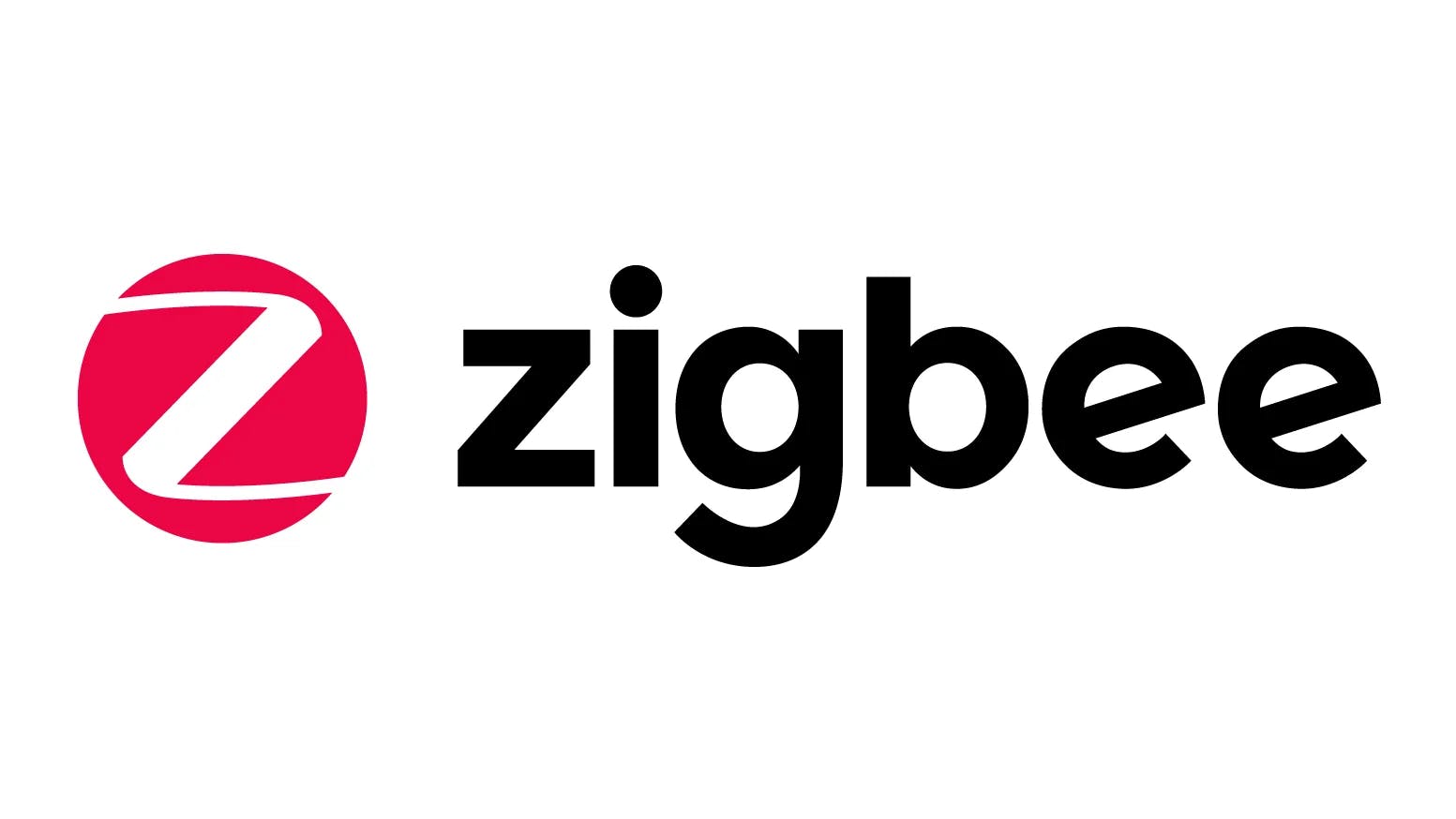Introduction
Smart home automation has become increasingly popular in recent years, allowing homeowners to control and automate various devices in their homes with ease. One technology that has played a significant role in this trend is Zigbee.
Zigbee is a wireless protocol that allows devices to communicate with each other over a network.
It’s designed specifically for low-power, low-data-rate applications, making it an ideal choice for smart home automation.
Zigbee offers several advantages over other wireless protocols, such as Wi-Fi and Bluetooth. That’s why it’s becoming increasingly popular in the smart home industry.
In this article, we’ll explore the benefits of Zigbee technology for smart home automation, as well as its applications and how it compares to other wireless protocols.
By the end of this article, you’ll have a better understanding of how Zigbee can be used to create a smarter, more efficient home.
The Advantages of Zigbee
Zigbee technology offers several advantages over other wireless protocols, making it a great choice for smart home automation.
Some of the key advantages of Zigbee include:
- Low Power Consumption: Zigbee devices are designed to consume very little power, making them ideal for battery-powered devices such as sensors and remote controls. This means that Zigbee devices can last for months or even years on a single battery, depending on usage.
- Integrates seamlessly: Zigbee devices are designed to work together, regardless of manufacturer or brand. This means that you can mix and match Zigbee devices from different companies and they will work together without any issues.
- Enhanced Security: Zigbee uses AES-128 encryption, one of the most secure encryption standards available, to protect data transmitted over the network. This ensures that your smart home devices and data are secure and protected from unauthorized access.
- Large Range: Zigbee devices can communicate with each other over long distances, up to 100 meters in some cases. This means that you can place Zigbee devices throughout your home without having to worry about signal strength or range issues.
- Easy Installation: Zigbee devices are easy to install and set up, often requiring just a few simple steps to get started. This means that you can get your smart home up and running quickly and easily.
- Home Assistant: Zigbee works well with Home Assistant. Through Home Assistant you can connect your Zigbee device to anything.
Overall, these advantages make Zigbee technology an attractive option for smart home automation, providing homeowners with a reliable, secure, and efficient way to automate their homes.
Zigbee Applications in Smart Homes
Zigbee technology can be used in a variety of smart home applications, allowing homeowners to control and automate various devices throughout their homes.
Here are some of the most common applications of Zigbee in smart homes:
- Lighting: Control smart light bulbs, allowing you to turn lights on and off, dim them, or change their color using a smartphone or voice commands.
- Temperature Control: Control smart thermostats, allowing you to adjust the temperature in your home remotely or through automated schedules.
- Security Systems: Connect various components of a smart home security system, such as sensors, cameras, and alarms, allowing you to monitor and secure your home from anywhere.
- Home Entertainment: Control home entertainment devices, such as smart TVs and sound systems, allowing you to adjust volume, change channels, and access streaming services using a single remote or app.
Overall, Zigbee technology can be used to create a comprehensive and fully automated smart home, providing homeowners with greater control, convenience, and efficiency in managing their homes.
Zigbee vs. Other Wireless Protocols
While Zigbee technology offers many advantages, it’s not the only wireless protocol used in smart home automation.
Here’s how Zigbee stacks up against other popular wireless protocols:
- Zigbee vs. Wi-Fi: While Wi-Fi is a popular choice for smart home automation, it’s not always the best option. Wi-Fi devices consume more power than Zigbee devices, which can be an issue for battery-powered devices. Additionally, Wi-Fi networks can become crowded and congested, leading to issues with signal strength and interference.
- Zigbee vs. Bluetooth: Bluetooth is another popular wireless protocol, but it’s not designed for use in smart home automation. Bluetooth devices have a shorter range than Zigbee devices, making them less suitable for larger homes or buildings.
- Zigbee vs. Z-Wave: Z-Wave is another wireless protocol designed for smart home automation. While Z-Wave devices are interoperable and consume less power than Wi-Fi devices, they are generally more expensive than Zigbee devices.
Overall, while each wireless protocol has its strengths and weaknesses, Zigbee technology offers a good balance of power consumption, range, security, and cost-effectiveness, making it a popular choice for smart home automation.
The Future of Zigbee
Zigbee technology is rapidly evolving and expanding, with many major tech companies adopting the protocol for their smart home devices.
Here are some of the developments in the world of Zigbee:
- Adoption by Major Tech Companies: Many major tech companies, such as Amazon, Google, and Apple, are adopting Zigbee technology for their smart home devices. This means that Zigbee is becoming increasingly ubiquitous and will likely continue to be a popular choice for smart home automation.
- New Zigbee Features and Enhancements: Zigbee technology is constantly evolving, with new features and enhancements being added to the protocol on a regular basis. For example, the latest version of Zigbee includes support for voice control and improved security features.
- Potential for Widespread Implementation: With the growing popularity of smart home automation, there is a significant potential for Zigbee technology to become even more widespread. As more and more homeowners adopt smart home devices, Zigbee will likely continue to be a popular choice for creating a fully automated home.
Overall, the future looks bright for Zigbee technology, with continued adoption by major tech companies and new features and enhancements being added to the protocol on a regular basis.
As the smart home industry continues to grow and evolve, Zigbee is likely to play an increasingly important role in creating a truly connected and automated home.
Conclusion
Zigbee technology offers many benefits for smart home automation, including low power consumption, interoperability, enhanced security, large range, and easy installation.
It can be used in a variety of applications, including lighting, temperature control, security systems, and home entertainment.
While Zigbee is not the only wireless protocol used in smart home automation, it offers a good balance of power consumption, range, security, and cost-effectiveness.
It is rapidly evolving and expanding, with many major tech companies adopting the protocol for their smart home devices.
Overall, if you’re looking to create a smarter, more efficient home, Zigbee technology is definitely worth considering.
Its many advantages and growing popularity make it a great choice for anyone looking to automate their home and take control of their smart devices.
Indholdsfortegnelse





